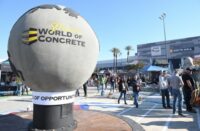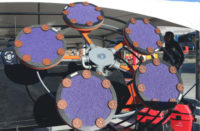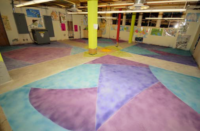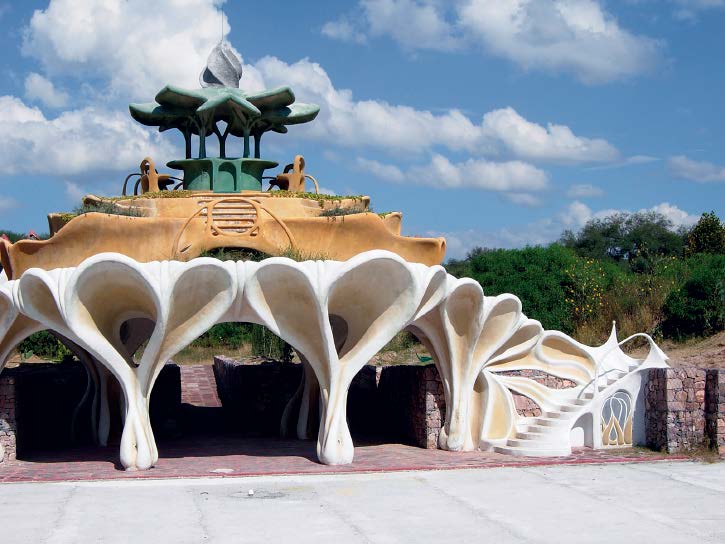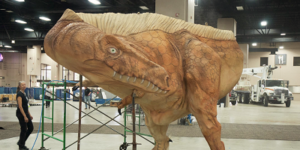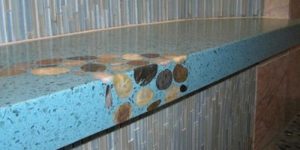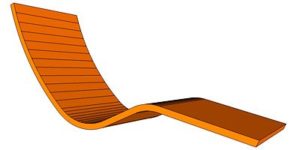Here, the Concrete Decor staff shares its top 10 favorite out-of-the-ordinary concrete creations that were featured or almost featured in the past 99 issues. The thin-shell pavilion and fabric-formed planter tied for first place, while the faux bois sconce and slippers tied for second. All the others, Nos. 5 through 10, received the same number of votes.
1. Pavilion
Thin-Shell Concrete Structures
Vol. 9 No. 7 – November 2009
Decorative concrete contractors have taken concrete indoors and outdoors, underfoot and up the wall. But for a subset of concrete artisans, the decorative canvas is the whole building. Some concrete structures eschew four-walled design for unusually shaped and sculpted works of art, such as this pavilion, near San Miguel de Allende, Mexico, that provides shade for spectators watching a nearby tennis court. The roof expanse is about 26 feet and the concrete shell is approximately 2 1/2 inches thick. The reinforced concrete columns incorporate catenary curves. Loading the roof with dirt and plants helps distribute the weight of the upper benches and the rooftop more evenly over the supporting columns. http://bit.ly/1AwAEzp
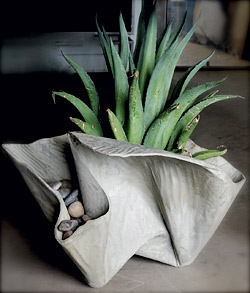
2. Planter
Fabric Formwork
Vol. 10 No. 1 – January 2010
Green, clean, relatively inexpensive and incredibly practical fabric formwork can be used to produce efficient, compelling concrete in all shapes and sizes. Proponents say it’s not complicated and it allows them a lot more design flexibility. This eye-catching fabric-formed agave planter, made of 1/4-inch thick glass fiber reinforced concrete, was made using an experimental proprietary process conceived by Brandon Gore of Gore Design Co. in Tempe, Arizona. http://bit.ly/1AwAWX2
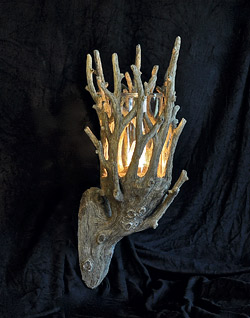
3. Sconce
Final Pour: Branching Out
Vol. 14 No. 7 – October 2014
Connecticut artisan Michael Fogg uses an engineered cementitious composite to sculpt faux bois (French for “false wood”) furnishings such as tables, benches and sconces, as seen here. He started out as a cabinetmaker and architectural woodworker before trading the wood for ECC. In his early days, he made tables with wooden tops and faux-bois bases, but now uses concrete entirely. http://bit.ly/1Qdt7Y1
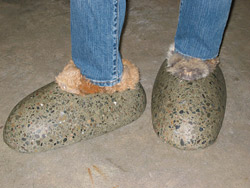
4. Slippers
Arstisan in Concrete, Patrick Miller, Bohemian Stoneworks
Vol. 12 No. 5 – July 2012
This was one of the images that didn’t run in the feature on Bohemian Stoneworks, but we’d like to use it now. Although “concrete shoes” usually conjures up a scenario related to “sleeping with the fishes,” the footwear pictured here is far from threatening. In fact, they almost look comfortable. http://bit.ly/1PQGh28
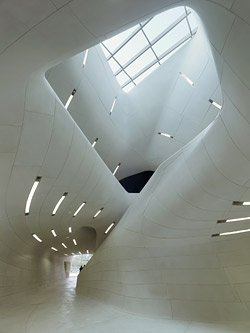
5. Louisiana State Museum
Project Profile: Hundreds of Unique Precast Concrete Panels Transform Museum
Vol. 14 No. 7 – October 2014
Advanced Architectural Stone, based in Fort Worth, Texas, precast 1,064 pieces for the Louisiana State Museum and Sports Hall of Fame in Natchitoches. Each piece was different, and sized up to 18-by-12 1/2 feet. The $12.6 million museum took two years, eight months to build. The architect was Trahan Architects of Baton Rouge, Louisiana. http://bit.ly/1G3PWhm
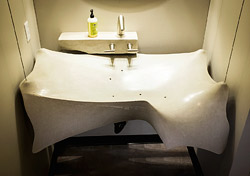
6. Inversion Sink
Artisan in Concrete: Justin Burd and Nathan Smith, Set In Stone Concrete Design House
Vol. 14 No. 7 – October 2014
Although this photo of a suspended bathroom sink wasn’t published in the magazine, it did appear in the online version of the publication. Artisans Justin Burd and Nathan Smith are the creative duo responsible for this fabric-formed GFRC sink. http://bit.ly/1dAjK8M
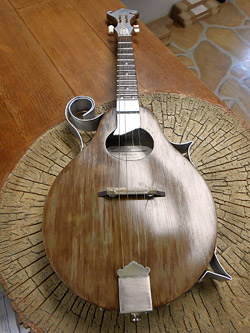
7. Mandolin
Artisan in Concrete: Steve VandeWater
Vol. 14 No. 6 – October 2014 and Vol. 15 No. 3 – April 2015
With a full-time sales job, Steve VandeWater doesn’t get as much creative time as he would like, but when he does, he has fun. Hence, a hand-carved concrete mandolin. The playable acoustic instrument’s body is only about an 1/8-inch thick is made of a proprietary mix and fiberglass reinforcing and is colored with an acid stain. It earned the Judges’ Special Consideration Award in the 2015 Decorative Concrete Awards competition sponsored by the American Society of Concrete Contractors Decorative Concrete Council and was featured again in our article about that competition. http://bit.ly/1LM6gSI | http://bit.ly/1PQHPsR
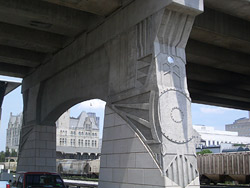
8. Demonbreun Street Viaduct
Better Bridges
Vol. 11 No. 6 – August/September 2011
Most bridges are built to be functional, but that doesn’t have to mean boring. For example, the 774-foot-long, three-lane Demonbreun Street Viaduct in Nashville, Tennessee, pays homage to the city’s railroad heritage with locomotive engine motifs on its poured-in-place concrete support piers. The motifs are a result of the combined talents of concrete-texturing product manufacturer Scott System Inc., Nashville landscape architecture firm Hawkins Partners Inc., and Brentwood, Tennessee-based Bell & Associates Construction. http://bit.ly/1J5DLkG
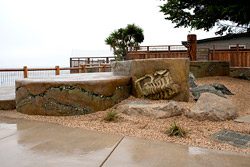
9. Park Benches
Project Profile: Geostrata Terraces
at Pleasure Point Park
Vol. 12 No. 7 – October 2012
After the California Coastal Commission approved the beautification of Pleasure Point Park near Santa Cruz, Tom Ralston Concrete won the project bid. He campaigned for something more sophisticated than the surfer motif originally proposed, suggesting a series of curved terraces mirroring the look and feel of the nearby beach. His mock-ups included items like embedded sharks’ teeth, fossilized scallop shells and sand dollars, beach glass, sand and — why not? — a concrete cast of a 5 million-year-old whalebone. The committee in charge, hesitant at first, ultimately embraced the idea. http://bit.ly/1Fjij5q
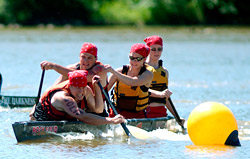
10. Concrete Canoe
Final Pour: ASCE Concrete Canoe Race
Vol. 4 No. 4 – August/September 2004
Twenty-two student teams from colleges and universities across North America traveled to Washington, D.C., in 2004 to compete in the 17th annual National Concrete Canoe Competition, organized by the American Society of Civil Engineers and largely sponsored by Degussa Admixtures Inc./Master Builders. The competition focuses on speed, design, construction and overall performance. Ranging from a lithe 105 pounds to a hefty 350, the canoes came in a rainbow of colors created with admixtures or concrete stain. Every year since 1988, civil engineering students have applied their classroom knowledge to a practical problem — and have proven that concrete is a remarkable and versatile building material. http://bit.ly/1EAWgW5
